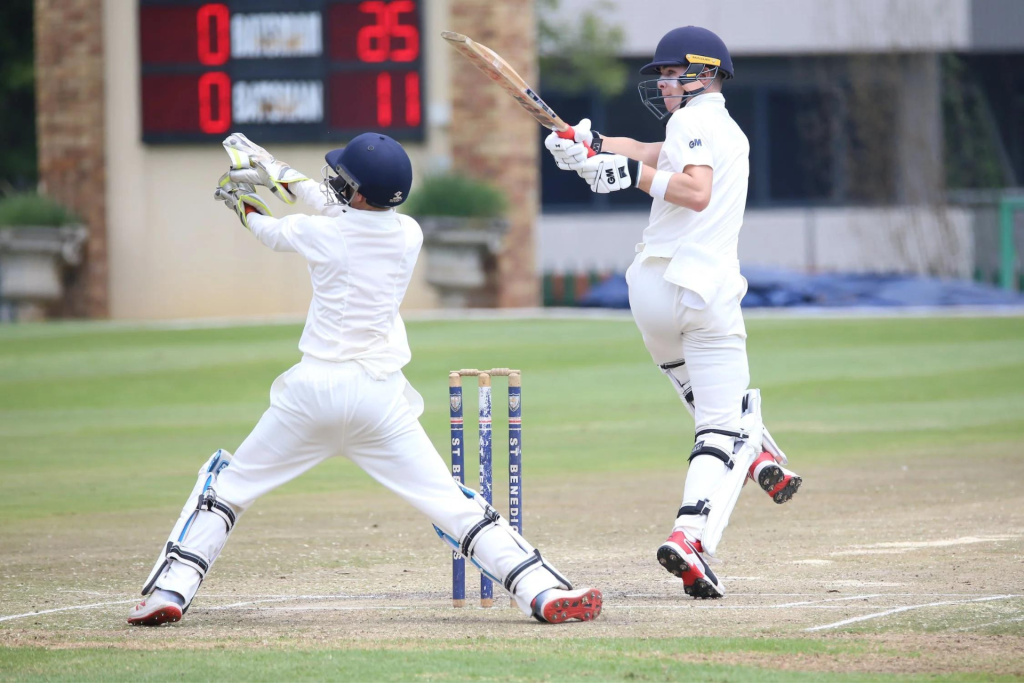What Is A Wide Ball In Cricket? Understanding The Basics
Cricket, known for its intricacies and diverse set of rules, has one particular aspect that often leaves newcomers puzzled: the wide ball.
In this comprehensive guide, we will delve into the fundamentals of this intriguing cricketing term. Understanding the definition, rules, and implications of a wide ball is essential for any cricket enthusiast.
So, let’s unlock the mysteries behind the wide ball in cricket and unravel its significance in the game.
What is a Wide Ball in Cricket?
A wide ball in cricket refers to a delivery that is outside the permissible range set by the umpires. It is deemed wide if it deviates too far from the batsman’s reach, making it challenging for them to play a shot. The umpires make this judgment based on predetermined guidelines to ensure fairness and maintain the integrity of the game.
The decision to call a delivery wide depends on several factors. These factors include:
- The position of the batsman
- The position of the ball to the stumps
- The bowler’s intent
If the ball passes outside the marked guidelines or beyond the batsman’s reach, the umpire signals a wide, indicating an illegitimate delivery.
Wide Ball Rules in Different Formats of Cricket
To cater to the varying demands and pace of different formats, wide ball rules have slight variations.
Here’s a breakdown of how wide balls are defined in Test, ODI, and T20 cricket:
1. Test Cricket:
- The criteria for wide balls in Test cricket are relatively strict.
- The delivery must be outside the batsman’s reach, beyond the marked guidelines.
- Umpires closely monitor the bowler’s accuracy and penalize wides accordingly.
2. One-Day Internationals (ODIs):
- In ODI cricket, wide ball rules are more lenient compared to Test matches.
- The guidelines for wide balls are broader, allowing for wider deliveries.
- This facilitates aggressive batting and ensures an entertaining contest.
3. Twenty20 (T20) Cricket:
- T20 cricket is known for its fast-paced and explosive nature.
- Wide ball rules in T20 matches are even more relaxed.
- Bowlers have greater leeway to experiment with wider deliveries to challenge the batsmen.
Impact of Wide Balls on the Batting Team and the Overall Match
Wide balls have significant implications for both the batting team and the overall match dynamics.
Let’s examine their impact:
1. Advantage for the Batting Team:
- Wide balls provide additional scoring opportunities for the batting side.
- Batsmen can either score runs off wide deliveries or earn extras if they are unable to play a shot.
- Wide balls can disrupt the bowler’s rhythm, allowing batsmen to capitalize on loose deliveries.
2. Potential for Higher Scores:
- Wide balls can contribute to higher team scores, as they result in extra runs.
- These additional runs can tilt the balance of the match, especially in limited-overs formats where every run matters.
Consequences for the Bowling Team and the Bowler
While wide balls offer advantages for the batting team, they also come with consequences for the bowling side:
1. Extra Runs:
- Wide balls add to the bowling team’s runs conceded, increasing the opposition’s total score.
- These extra runs can affect a team’s chances of winning and put additional pressure on the bowler.
2. Penalties for Bowlers:
- Repeated wide balls can lead to disciplinary actions against the bowler.
- If a bowler exceeds the permissible limit of wides in an over, it is considered a no-ball, resulting in penalty runs and a free hit.
By understanding the rules of wide ball in cricket and their application, players, and fans can grasp the significance of this aspect of the game.
Bowlers need to maintain accuracy and avoid excessive wides, while batsmen strive to exploit wide deliveries to their advantage.
Can a Batsman Hit a Wide Ball in cricket?
Surprisingly, despite the term “wide”, a batsman can indeed score runs off a wide ball. If the wide ball is within the batsman’s reach, they can attempt to hit it and accumulate runs.

However, if the ball is deemed too wide to play a shot, additional runs are awarded to the batting side, often referred to as extras. The ability to capitalize on wide deliveries is a skill that experienced batsmen employ to their advantage.
Wide Balls in Test Cricket
While limited-overs cricket more commonly associates wide balls, the traditional Test format also includes them. However, their frequency and impact on the game differ.
In Test matches, bowlers strive for accuracy and consistency, minimizing wide deliveries. The significance of wide balls in Test cricket lies in their potential to disrupt the bowler’s rhythm and provide scoring opportunities for the batsman.
How Many Wide Balls Are Allowed in Test Cricket?
In Test cricket, there is a limit to the number of wide balls a bowler can deliver in an over.
Did you Know?
According to the rules, if a bowler bowls more than two wides in an over, the umpires consider it a no-ball.
This restriction emphasizes the importance of maintaining control and accuracy while bowling. Excessive wides can result in penalty runs for the batting team, further adding to the bowler’s woes.
Conclusion
In conclusion, understanding the basics of a wide ball in cricket is essential for fans, players, and officials alike. It is a term that adds depth to the game and can significantly influence match dynamics.
Remember, cricket’s charm lies in its diverse rules, and the wide ball in cricket is just one fascinating aspect that adds to the beauty of the sport.
So, keep a keen eye on the umpire’s signal and observe how wide balls contribute to the ebb and flow of the game.
Stay engaged, stay curious, and enjoy the game to the fullest!




